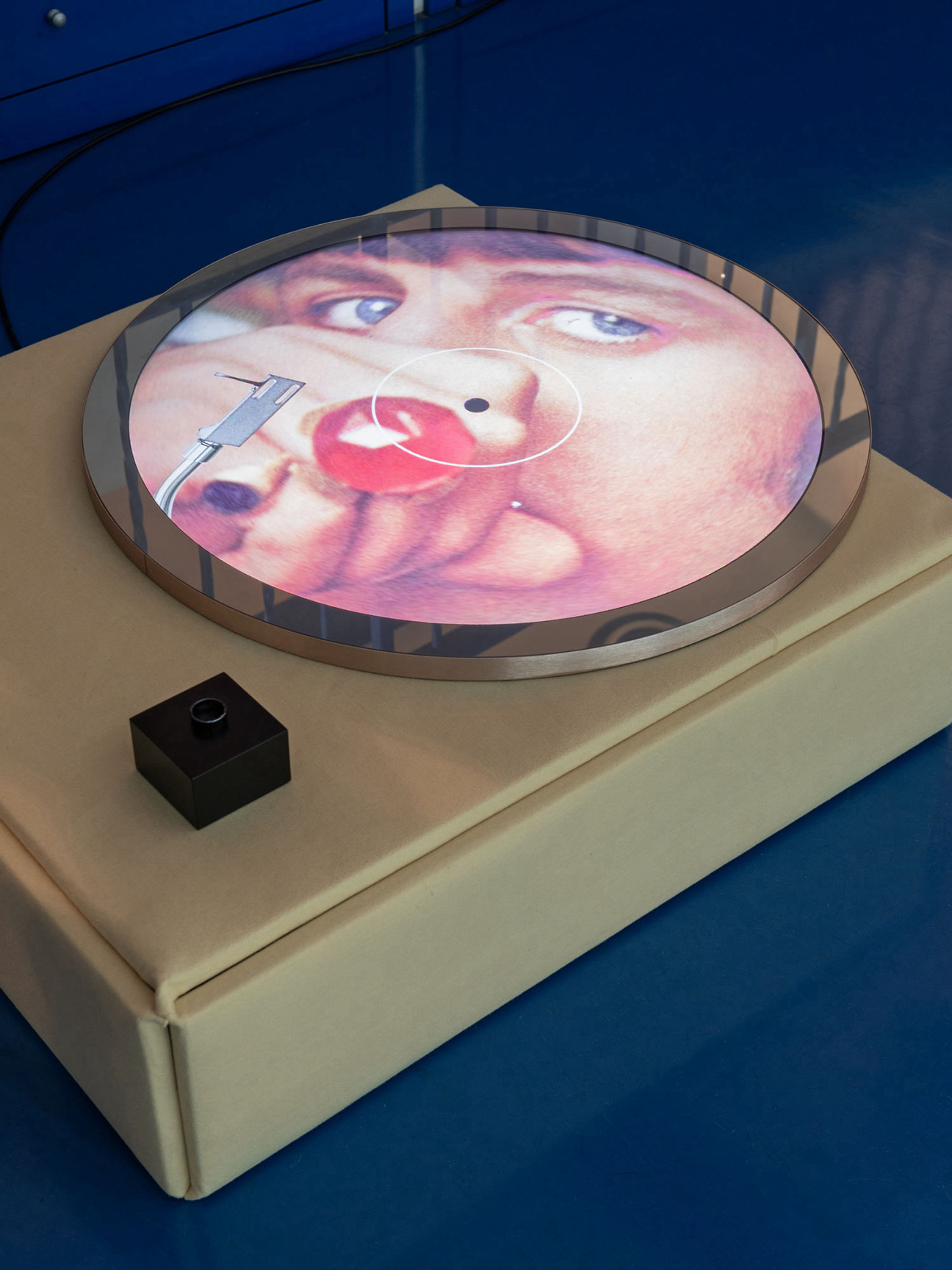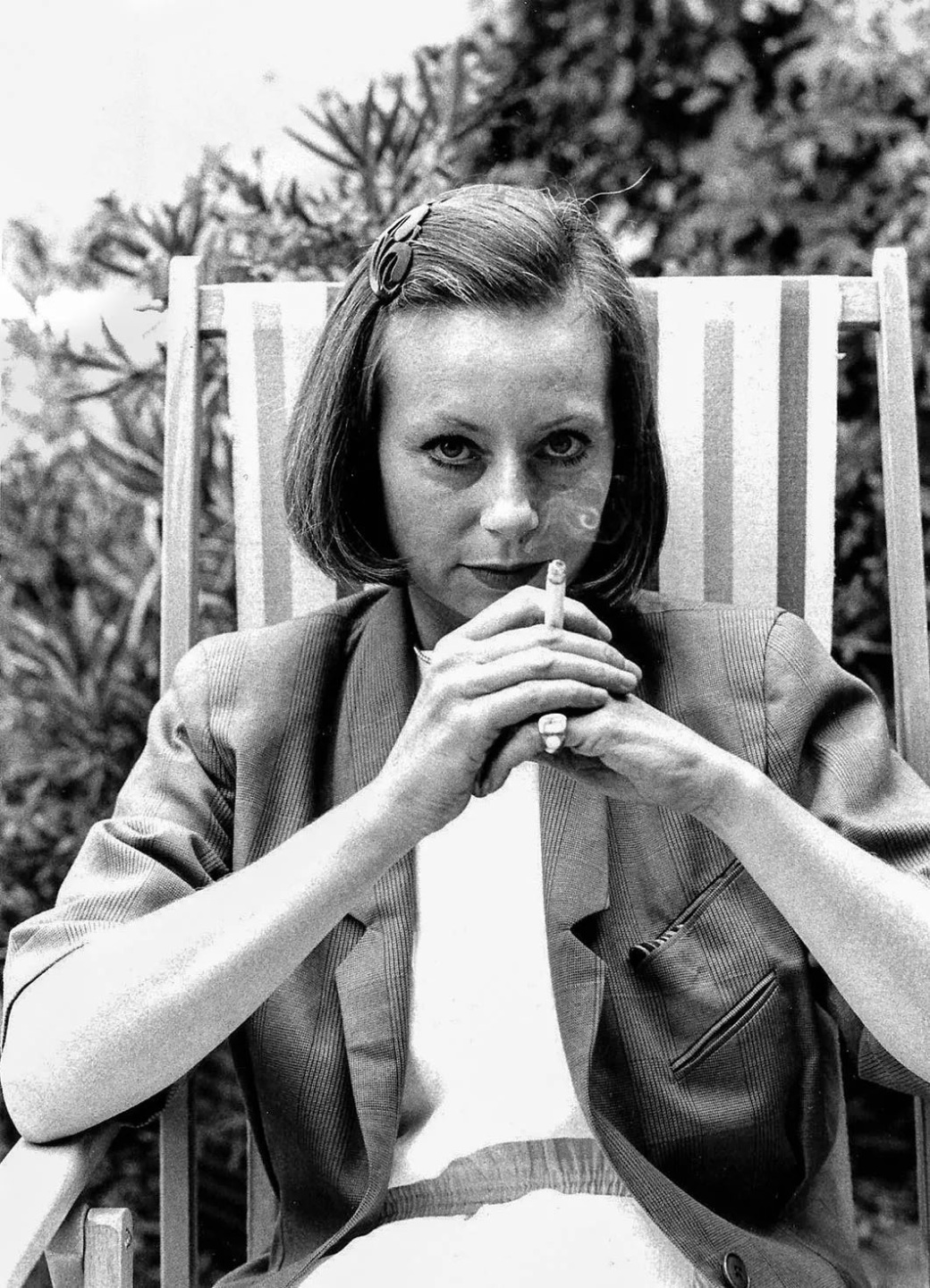
1. Cult Art Dealer Gavin Brown Reveals His Favorite Spots in Rome, Home to His Latest Outpost
Gavin Brown is the rare, successful gallerist who started out as—and may well still be—an artist. Though he avoided my questions on the topic of his own practice, his sensibility and drive are clearly more aligned with the spirit of making art than selling it. He easily could have gone the route of the international mega-gallery, but didn’t. Since shuttering his New York space during the pandemic, he has joined forces with Barbara Gladstone and doubled down on his love for Rome, inaugurating his second space there with an exhibition of Marc Kokopeli’s “Die rings,” on view through March 30.

2. ‘I Have No Idea How This Is Going to Go:’ Jamian Juliano-Villani Makes Her Gagosian Debut
Jamian Juliano-Villani was due for a rebrand. Since blasting onto the New York scene a decade ago, the 37-year-old painter has occupied a narrow niche in the art world’s psyche. She’s the loud, chain-smoking, spray-tanned, Jersey-accented imp. Most recently, she's started working with Gagosian. The collaboration was consecrated mid-March, when she opened her first show with the gallery, “It.” A Gagosian white cube is obviously a charged space, and the artist has taken that responsibility as a chance to think about “the bigger picture.” The effects of that reflection are still brewing, but the show’s reception was surely be an indicator of what to expect from her in the next decade. To mark the occasion, Juliano-Villani sat down with CULTURED to talk about cosplaying herself, finding salvation in the form of Ernest Hemingway's Key West, and why she’s due for a visual breakthrough.

Acevedo-Yates has spent the last five years learning the ins and outs of her adopted hometown. The San Juan, Puerto Rico-born curator has brought her expertise in Caribbean and Latin American art movements to bear with undertakings such as a mural commission from Argentinian artist Ad Minoliti, or a solo presentation of Carolina Caycedo’s work—the first fully bilingual exhibition staged at the MCA, and one of only a handful of solo shows by a Latin American woman artist in the institution’s history. Today, she possesses a wealth of insider intel on the best spots for art-viewing, antiquing, and dining across Chicago.

4. Min Jin Lee, Porochista Khakpour, and Other Authors Share the Women Writers Who Inspire Their Work
Literature, like most disciplines, gives more credit to its founding fathers than its foremothers. But many female writers have cultivated a canon of their own outside the mainstream. In Catherine Lacey’s standout novel, Biography of X, there are traces of Swiss author Fleur Jaeggy’s twisting Italian narratives. Min Jin Lee’s contemporary forays into early adulthood angst mirror the groundbreaking romances of Jane Austen. Téa Obreht turned to Rebecca West’s pages on Yugoslavia, Obreht’s own understudied homeland, for instruction on travel writing. Here, six women shaping the literary landscape today spotlight the female writers who came before them and continue to occupy their bookshelves and minds.

5. Don’t Miss These 8 Shows by Women Artists to Watch This Month
From New York to London, CULTURED curated a list of the most exciting exhibitions by women artists in March. Loie Hollowell follows the phases of vaginal dilation in a series of paintings. Nicole Coson prints an ode to the shipping crate. Sixten Sandra Österberg blends the high and low to dazzling effect. Nora Riggs, for her part, crafts a series of figurative works and still lifes all traversing the same planes of longing, loss, and lust. Check out our guide to the month's most captivating shows here.

6. Why Does the Art World Love to Hate the Whitney Biennial?
The first Whitney Biennial was the equivalent of a middle finger to the art establishment. It was 1932, two years after the Whitney Museum’s founding, and the show’s curators broke with tradition by allowing artists to select their own work. Throughout its history, the Whitney Biennial has been a barometer for what is new and note-worthy in American art. Perhaps that’s why, more than almost any other biennial, it has been the subject of bitter criticism and roiling controversy. Here, writer Ben Davis, artist Tuan Andrew Nguyen, and curators Chrissie Iles and Meg Onli discuss the high-profile event, which opened to the public March 20.

7. A New Project From Annabelle Selldorf, the Art World's Favorite Architect, Plays Against Type
When discussing Annabelle Selldorf's architectural practice, the same word comes up again and again: she’s so sensitive to interiors, so sensitive to old buildings. Members of the boys’ club can't help themselves. Even as they nod to her elegant lines and skillful blending of historical and contemporary styles, they also domesticate, if not feminize, her work. But Selldorf’s latest project summarily rejects this characterization. Selldorf Architects, a 60-strong firm based in New York City’s Union Square, is building its first two towers at One Domino Square in Brooklyn. In the first installment of CULTURED's architecture column “Spatial Awareness,” Karen Wong checks in with the New York-based architect about her new endeavor.

8. Jordan Huelskamp Is Changing What It Means to Own Artwork With Salon, a Community-Backed Collection
Occasionally, Jordan Huelskamp walks into a friend’s home and sees artwork she owns hanging on their wall. Rather than prompting a call to authorities for theft, it’s a welcome sight, a sign that things are proceeding according to plan. A portion of Huelskamp’s collection is co-owned by members of a global, Internet-based community called Salon. Huelskamp founded the group in 2022, and they’ve since acquired pieces by artists including Alicja Kwade, Mika Tajima, and Oscar Murillo. In her own New York home, Huelskamp is surrounded by works from Donald Judd, Kennedy Yanko, and Petra Cortright.

9. Was the Vision for the 2024 Whitney Biennial ‘Better Than the Real Thing’?
In the 81st edition of the longest-running survey of American art, the curators Chrissie Iles and Meg Onli, purport to organize their exhibition around the concept of “the real,” with the cringey subtitle “Even Better Than the Real Thing.” But rather than curatorial statements, it's the work of the 71 artists and collectives they have gathered across four floors of the Whitney’s building and in a scheduled series of films and performances that have the final say. The results are stimulating, if uneven, with the weakest offerings isolated to a single floor of the museum.

It's been over two decades since Valeria Napoleone began curating her remarkable art collection and to this day, she has yet to break one strict, self-imposed rule for her personal acquisitions. Undeterred by eye rolls and skepticism from a once male-dominated art world, Napoleone committed from the onset to exclusively collecting works by women artists. With pieces by Ghada Amer, Lisa Yuskavage, and Margherita Manzelli, Napoleone carefully selects what surprises her, and those who visit her London home. Here, she discusses the piece that first gave her the collecting bug, the initial hurdles she overcame in pursuing such a singular vision, and her genuine commitment to the artists she patronizes.










 in your life?
in your life?

